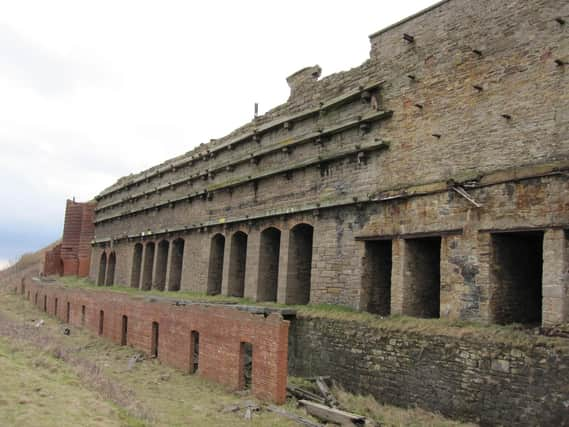Work starts to save at-risk lime kilns


Marsden Lime Kilns in Coast Road deteriorated so badly in recent years they made it onto Historic England’s Heritage At Risk Register.
But this week repair work, funded through a partnership between Historic England and the Owen Pugh Group, which runs Marsden Quarry, will begin stabilising the kilns.
Advertisement
Hide AdAdvertisement
Hide AdA team of conservation specialists is working on the project, including Team Force Restoration Ltd, Kevan Doonan Architects and Alan Williams Archaeology.
John Dickson, chairman of the Owen Pugh Group, said: “Marsden Lime Kilns have been a significant feature in South Tyneside’s landscape since the 1870s and are a visible reminder of our industrial past. We are delighted that work is finally getting under way to ensure their long-term preservation and we are delighted to be partnering with conservation specialists Team Force Restoration to complete the works after funding was secured from Historic England to match our own input.”
The landmark forms part of a huge industrial structure associated with Marsden Quarry and Whitburn Colliery.
Limestone and coal was fed into the top of the kilns to produce quicklime for use in agriculture and the steel and chemical industries.
Advertisement
Hide AdAdvertisement
Hide AdIt was collected from the bottom of the kilns and loaded onto railway wagons, belonging to the affectionately named “Marsden Rattler”, which then took it to docks at South Shields.
Some of the later phases of the kilns will be lost in making them safe, including some of the later brickwork and concrete from the railway loading areas.
However, losses are being kept to the minimum level necessary to remove any dangerous aspects and prevent future collapse.
Carol Pyrah, Historic England’s planning director, said: “We are delighted to help save this important local landmark and secure its future removal from the Heritage at Risk Register.”